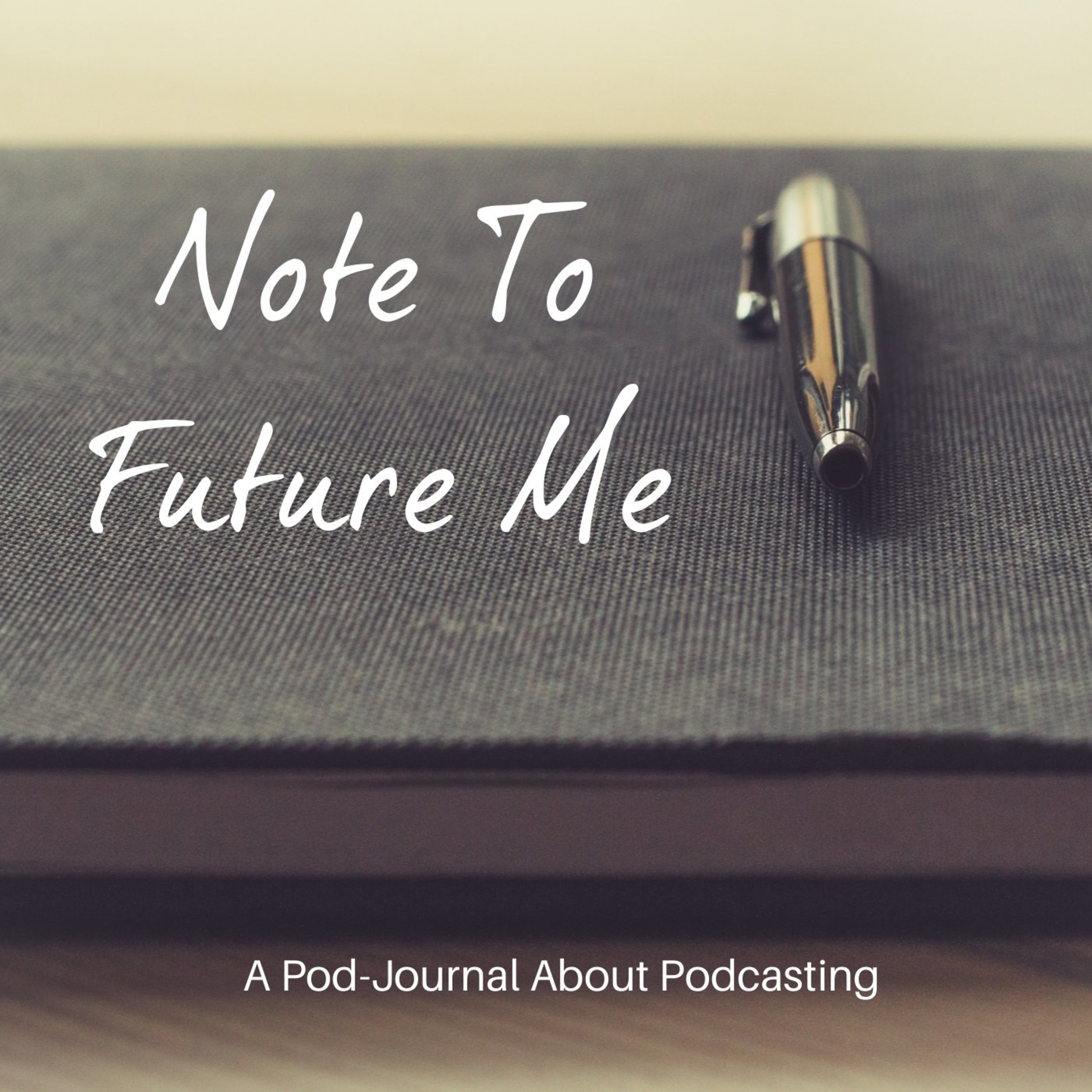XLR VS USB Microphones

If you\u2019re a new podcaster, and you aren\u2019t utilizing a recording or production studio, you\u2019re probably looking for a microphone that\u2019s affordable and easy to use.
It can be intimidating.
And usually throwing the question into a podcast Facebook group will leave you even more bewildered with all the \u201cI love this one\u201d options.
If you\u2019re an experienced podcaster, you\u2019re probably looking up to level up your sound quality. You\u2019re ready to spend a few dollars on a better product to boost the production value of your show.
You may be looking to buy other podcast equipment that will sonically enhance your show.
This is day 23 of my 31 Day Podcast Challenge.
No matter where you are in your podcasting career, here is some help.
I have a 30 plus year career in broadcasting prior to coming into the podcasting industry full time. So I\u2019ve seen and heard a few microphones over the years.
I\u2019ve put together a list of USB microphones and XLR microphones to consider for podcasting.
It\u2019s important to understand the difference between these two categories.
First things first\u2014let's define what XLR means. It's a pretty simple abbreviation for X Connector, Locking Connector, Rubber Boot. ... In short, XLR is the go-to standard for high-quality audio inputs. This is because they send a balanced signal that isolates noise.
Most professional audio equipment is designed for XLR microphones which gives you a ton of flexibility to upgrade pieces of your audio stack over time.
Most importantly, they also produce better sound quality than USB microphones.
Keep in mind, you can\u2019t use an XLR microphone on its own. You also need a mixer, field recorder, or an audio interface. That is an expense a new podcaster has to budget in.
A USB Microphone is an easy way of making quality recordings on your computer or tablet in a snap. USB Mics are highly portable and work on PC, Mac, iPad. ... It is literally a microphone which contains all the wiring necessary to simply connect to a USB port and start recording.
USB microphones have the same capsules and condenser elements as XLR mics. There is no additional gear required, so they\u2019re easier to set up and affordable for new podcasters.
Keep in mind, USB microphones make it harder to record multiple tracks. Recording software often struggles to distinguish between different mics.
Plus, there aren\u2019t many good USB mic options. Most are designed toward beginners.
XLR Microphone ChoicesUnder $150: Rode PodMic Podcasting Microphone
The PodMic is a broadcast-quality dynamic microphone optimized for podcasting. It has a rich, balanced sound, with an internal pop filter to minimize plosives and internal shock mounting to reduce vibration. It has a cardioid pickup signal to reduce room or studio noise pickup.
Under $250: Shure SM86-LCShure SM86 has everything the SM line of Shure microphones has stood for for all these years \u2014 durability, quality performance, and reliability. Tailor-made for vocals, this condenser microphone brings studio quality to your recordings.
They sound warm and clear due to a brightened midrange and bass rolloff, while their metal windscreen and cardioid pickup pattern work together to eliminate background noises.
Under $300: Electro-Voice RE320 Cardioid Dynamic Broadcast MicrophoneThe Electro Voice RE320 Dynamic Microphone is a professional quality mic designed specifically for recording and sound reinforcement applications requiring extremely low noise and the highest level of predictable tonal and transient response.
Under $400: Shure SM7BThe SM7B dynamic cardioid microphone...